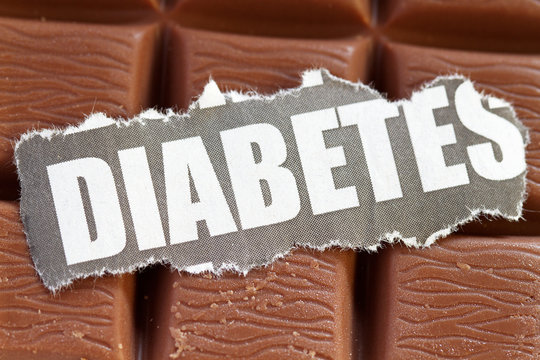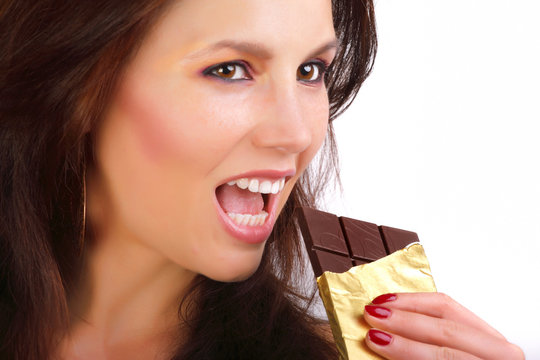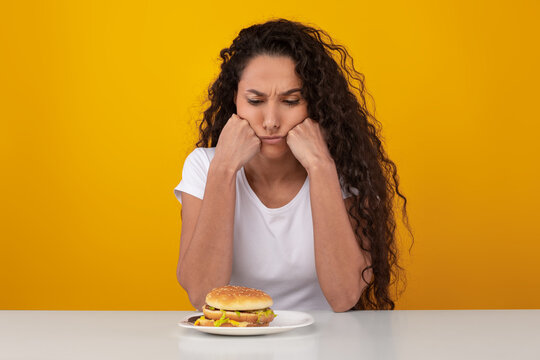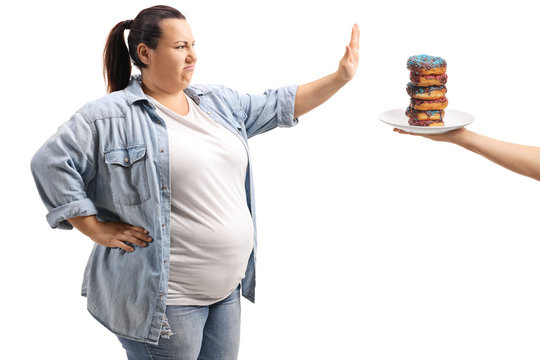Do you suffer from diabetes food cravings (DFC)? If so, you are not alone! Millions of diabetics deal with food cravings on a daily basis. Unfortunately, many people don’t know how to properly manage these cravings and may end up making unhealthy food choices. In this blog post, we’ll discuss the basics of diabetes food cravings (DFC), including how to identify them, what causes them, and how to manage them in a healthy way.
→→Managing Diabetes Food Cravings is Good, But You Can Do Better To Improve Your Health.
Discover an innovative and natural method to effectively reverse Type 2 Diabetes Signs. Success rate: 92%.
Source: This video is taken from the Youtube channel « Diabetes EveryDay« . If you liked it, subscribe to this channel.
Diabetics may experience more food cravings than non-diabetics
It is estimated that about 25-50% of diabetics have food cravings. This is significantly higher than the rate for non-diabetics. Researchers are still trying to understand the exact cause of diabetes food cravings, but it appears to be related to fluctuations in blood sugar levels.

When blood sugar levels drop, this may trigger intense cravings for certain types of food, such as high-sugar or high-fat snacks. Additionally, many diabetics report feeling more “hangry”—hungry and angry—than non-diabetics, which can also lead to food cravings. It is important to note that having food cravings doesn’t necessarily mean you are diabetic. Everyone experiences food cravings from time to time, and this is a normal part of life. However, it is important to be aware of how diabetes may affect your cravings and how you can manage them.
There are two types of DFC

1. Hyperglycemic cravings – these occur when blood sugar levels are too high, and the person experiences an intense desire for sugary or starchy foods that will raise their blood sugar.
Hyperglycemic cravings usually go away after the blood sugar is brought back to a normal level.
2. Hypoglycemic cravings – these occur when blood sugar levels are too low, and the person experiences a craving for quick-acting carbohydrates like candy, juice, soda, or other high-sugar snacks. These cravings usually go away after eating something to raise the blood sugar.
The causes of DFC are not fully understood
Diabetes food cravings are not a sign of poor diabetes management and can occur in people with both type 1 and type 2 diabetes. While the causes of these cravings are not fully understood, there are some possible explanations for why diabetics may experience intense food cravings.

One possible explanation is that people with diabetes may be more likely to experience low blood sugar levels, known as hypoglycemia. Low blood sugar can cause hunger, irritability, and difficulty concentrating, which can lead to food cravings. Additionally, fluctuations in insulin levels due to medication or lifestyle changes can also trigger food cravings in diabetics.
In addition to these physiological causes of diabetes food cravings, emotional factors may also play a role. People with diabetes may experience stress, depression, and anxiety due to their condition. Stressful situations or negative emotions can lead to increased food cravings. Furthermore, psychological habit formation may cause people with diabetes to crave certain foods they have eaten in the past.
Although the exact causes of diabetes food cravings remain largely unknown, it is important to recognize them and manage them effectively. If left unchecked, food cravings can lead to unhealthy eating patterns that can impact diabetes management.
There are ways to manage diabetes food cravings

1. Stay hydrated – drinking plenty of water can help manage cravings by curbing your appetite and providing a sense of fullness.
2. Eat regular meals and snacks – plan meals and snacks in advance, and make sure to include complex carbohydrates and healthy fats.
3. Limit sugar intake – added sugars can lead to an increase in cravings for sugary foods, so it’s important to limit added sugars and refined carbohydrates in the diet.
4. Get enough sleep – adequate sleep is important for controlling hunger hormones and managing diabetes food cravings.
5. Practice mindful eating – paying attention to what you’re eating, how you’re eating it, and how it makes you feel can help manage diabetes food cravings.
6. Exercise regularly – physical activity can help reduce cravings by improving blood sugar control and managing stress levels.
7. Avoid trigger foods – certain foods may trigger cravings in some people, so it’s important to identify these foods and avoid them as much as possible.
By implementing these strategies, diabetics can help manage their food cravings and maintain their health.
Some DFC may be due to other medical conditions
If you find that you have intense cravings for certain foods, it may be due to underlying medical conditions. For example, people with hypoglycemia (low blood sugar) can experience strong food cravings as a symptom.

Thyroid disorders, hormonal imbalances, and other medical issues can also lead to food cravings. If you are experiencing diabetes-related food cravings, it’s important to discuss them with your doctor to rule out any possible underlying medical issues. If there is an underlying medical condition causing your food cravings, your doctor may be able to help you manage your symptoms through medication or lifestyle changes. Additionally, some medications used to treat diabetes can also cause food cravings. Speak with your doctor about any medications you are taking and ask about the possibility of food cravings as a side effect.
→→ Managing Diabetes Food Cravings is Good, But You Can Do Better To Improve Your Health
Discover an innovative and natural method to effectively reverse Type 2 Diabetes Signs. Success rate: 92%.